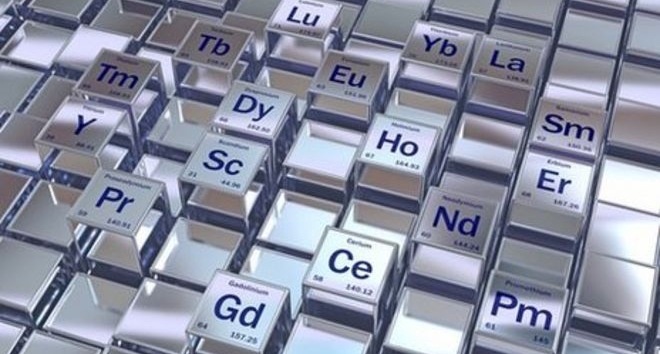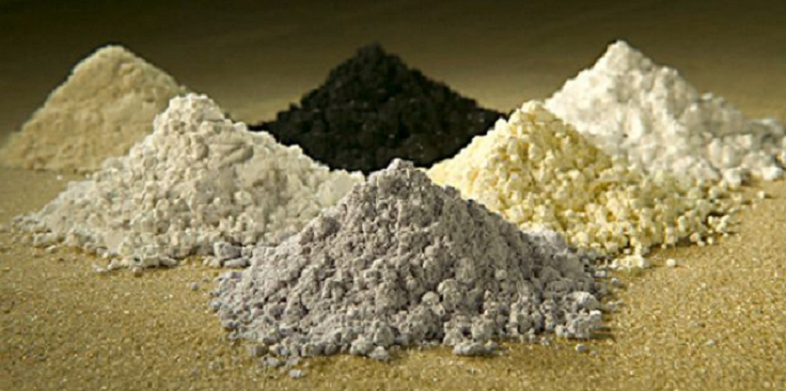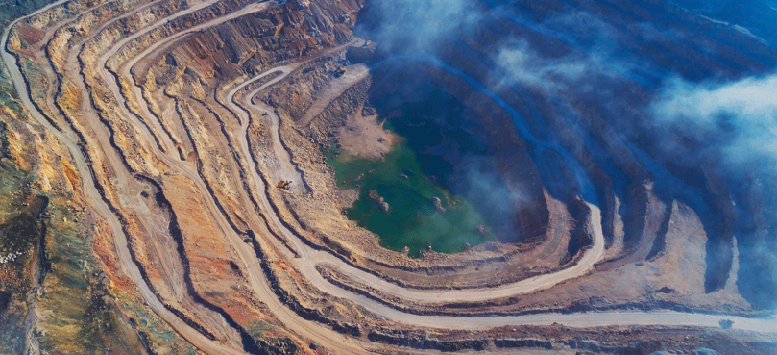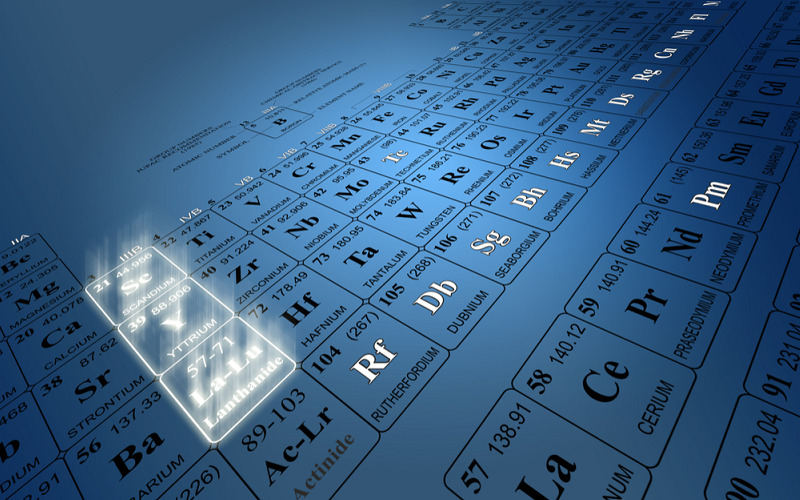Rare earth metals are a set of 17 chemically similar elements in the periodic table, with unique magnetic, luminescent, and electrochemical properties. They are crucial components in a wide range of modern technologies, including smartphones, electric vehicles, wind turbines, and military equipment. The name “rare earth” is misleading as these elements are not especially rare, but extracting and refining them is complex and costly.
What Are Rare Earth Metals?
Contrary to its name, rare earth metals are not particularly uncommon and are actually present in many everyday devices. From laptops and televisions to electric cars and wind turbines, these metals play a crucial role in a wide range of technology. In fact, some types of rare earth metals are quite abundant, with cerium being the 25th most abundant element on the planet.
The term “rare earth” is somewhat misleading, as these 17 elements are not necessarily rare, but rather difficult to isolate due to their tendency to blend with other minerals underground. The extraction process can be challenging and expensive, leading to the “rare moniker.

Here are some additional details about rare earth metals:
- Properties: Rare earth metals have unique physical and chemical properties, including high conductivity, strong magnetism, and fluorescence. These properties make them essential components in a variety of modern technologies, including electronics, batteries, and renewable energy systems.
- Applications: Rare earth metals are used in a wide range of products, including smartphones, laptops, electric vehicles, wind turbines, and missile defense systems. They are also used in catalysts, polishing powders, and light-emitting diodes (LEDs).
- Supply: Although rare earth metals are not rare, they are widely dispersed and difficult to extract, which can make them expensive. The majority of the world’s supply comes from a few countries, including China, which has been limiting exports of these metals in recent years.
- Environmental concerns: The extraction and refining of rare earth metals can have significant environmental impacts, including soil and water pollution. The production process is also energy-intensive and can produce significant greenhouse gas emissions.
- Recycling: Efforts are underway to recycle rare earth metals and reduce dependence on new extraction. However, recycling rates for these metals are currently low, and new methods are being developed to make the process more economically viable.
Crucial Uses of Rare Earth Metals
Rare earth metals are critical components in a wide range of modern technologies and products. In electronics, they are used in devices such as smartphones, laptops, and televisions due to their magnetic, conductive, and luminescent properties. In the clean energy sector, rare earth metals are essential for wind turbines and electric vehicles, where they are used to make strong permanent magnets for motors.
They are also used in military applications, including guidance systems, communication equipment, and defense technologies, such as missile defense systems. Rare earth metals play a crucial role in medical equipment, such as X-ray machines and MRI machines, due to their unique magnetic properties. They are also used in lighting, specifically in light-emitting diodes (LEDs), which are more energy-efficient and long-lasting than traditional lighting sources.
Additionally, rare earth metals are used as catalysts in chemical reactions, including refining processes in the petroleum industry. These are just a few examples of the widespread importance of rare earth metals in modern technology and products.

Rare earth metals have a wide range of crucial uses in various industries, including:
- Electronics: Rare earth metals are used in many electronic devices, including smartphones, laptops, and televisions, due to their magnetic, conductive, and luminescent properties.
- Clean Energy: Rare earth metals are essential components in wind turbines and electric vehicles, where they are used to make strong permanent magnets for motors.
- Defense: Rare earth metals are used in many military applications, including guidance systems, communication equipment, and defense technologies, such as missile defense systems.
- Medical Equipment: Rare earth metals are used in medical equipment, such as X-ray machines and MRI machines, due to their unique magnetic properties.
- Lighting: Rare earth metals are used in light-emitting diodes (LEDs), which are more energy-efficient and long-lasting than traditional lighting sources.
- Catalysts: Rare earth metals are used as catalysts in chemical reactions, including refining processes in the petroleum industry.
Challenges and Problems Associated With Rare Earth Metals
One of the major challenges with rare earth metals is that the majority of the world’s supply comes from a limited number of countries, leading to supply chain instability. This can make it difficult to ensure a steady and reliable supply of these metals, and prices can be volatile.
Environmental impact is another major challenge, as the extraction and refining of rare earth metals can result in soil and water pollution, as well as the release of toxic substances. Additionally, the production process can be energy-intensive and contribute to greenhouse gas emissions.

Recycling of these metals is limited, and there is a need for more sustainable and economically viable methods to reduce dependence on new extraction. The health of workers in rare earth mines and refineries can also be at risk due to exposure to toxic substances.
Lastly, intellectual property disputes can arise in the use and production of rare earth metals, particularly in the electronics industry. These challenges underline the need for responsible and sustainable practices in the production and use of rare earth metals to minimize their environmental and social impacts.
There are several challenges and problems associated with rare earth metals, including:
- Supply chain instability: The majority of rare earth metals are produced in a limited number of countries, and the global supply chain can be impacted by political tensions or natural disasters. This can lead to supply shortages and price volatility.
- Environmental impact: The extraction and refining of rare earth metals can have significant environmental impacts, including soil and water pollution, and the release of toxic substances. The production process is also energy-intensive and can produce significant greenhouse gas emissions.
- Limited recycling: Despite the growing demand for rare earth metals, recycling rates are currently low, and new methods are needed to make the process more economically viable.
- Health risks: Workers in rare earth mines and refineries can be exposed to toxic substances, leading to potential health risks.
- Intellectual property disputes: The production and usage of rare earth metals can be subject to intellectual property disputes, particularly in the electronics industry.
These challenges highlight the importance of finding sustainable and responsible ways to meet the growing demand for rare earth metals, and to minimize their environmental and social impacts.

